Moroccan Vegetarian Chickpea Tagine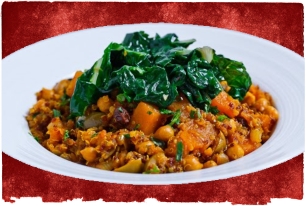
Moroccan dishes do not need necessarily need any meat to be delicious. Many typical Moroccan recipes can be completely vegetarian. One of the favorite Moroccan vegetarian dishes is a tajine with as a main ingredient chickpeas. This Moroccan chickpeas recipe is one of the easiest to make and has a delicious authentic Moroccan taste.
Ingredients for vegetarian Tajine with Chickpeas
- 400 gram canned Chickpeas
- 1 toe of garlic
- 1 large onion
- 3 large tomatoes
- 3 tbs. Olive Oil
- parsley leaves
- 1/8 tsp. cayenne powder
- ¼ tsp. paprika powder
- ¼ tsp. Cumin
- salt and pepper
How to prepare Moroccan Chickpeas Tagine
- step 1) soak the chickpeas in hot water and remove the skin
- step 2) grate the onion and fry it slightly (1-2 minutes) in a deep pan (or tajine) using 2 tablespoon olive oil before mixing it with 1/8 teaspoon cayenne powder, ¼ teaspoon paprika powder and ¼ teaspoon cumin.
- Step 3) add the 3 tomatoes cut in small cubes, a sniff of salt and pepper, a couple of cut parsley leaves and eventually also the skinned chickpeas.
- Step 4) let it is simmer for 30-35 minutes on a low fire with the lid closed.
- Step 5) serve with either couscous or Turkish bread. BisaHa!
Tip: the next day leftovers will taste even better!

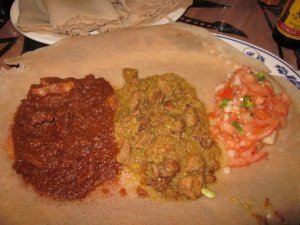 Ethiopia and is used to both serve the delicious Ethiopian dishes on as well as the cutlery to pick up the Ethiopian stews. Next to Ethiopia is this food also very popular in Eritrea and Somalia and some other East African countries. One can buy premade Injera in the freezers of some stores, but the best taste you will get by making this delicious Ethiopian food yourself. Injera is traditionally made from teff flour which is a finely ground flour made from the grains of Teff, a tiny species of grains which grows in the Ethiopian Highlands. However very fine millet flour, which might be easier to get in your local may also be used to make this delicious Ethiopian pancake, the Injera flatbread. When making Injera take into account that the best results for a homemade injera is to let the dough ferment for at least a day or two. If you can’t wait this long you can add warm water instead of cold to fasten up the process.
Ethiopia and is used to both serve the delicious Ethiopian dishes on as well as the cutlery to pick up the Ethiopian stews. Next to Ethiopia is this food also very popular in Eritrea and Somalia and some other East African countries. One can buy premade Injera in the freezers of some stores, but the best taste you will get by making this delicious Ethiopian food yourself. Injera is traditionally made from teff flour which is a finely ground flour made from the grains of Teff, a tiny species of grains which grows in the Ethiopian Highlands. However very fine millet flour, which might be easier to get in your local may also be used to make this delicious Ethiopian pancake, the Injera flatbread. When making Injera take into account that the best results for a homemade injera is to let the dough ferment for at least a day or two. If you can’t wait this long you can add warm water instead of cold to fasten up the process.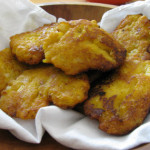 ingredient in Western Africa. In Ghana they use plantain in many different ways, but one of the favourite ghanaian foods is Tatale. This delicious snack from ghana has a really easy recipe and is therefore also easy for you to make at home to taste the rich flavours of West Africa.
ingredient in Western Africa. In Ghana they use plantain in many different ways, but one of the favourite ghanaian foods is Tatale. This delicious snack from ghana has a really easy recipe and is therefore also easy for you to make at home to taste the rich flavours of West Africa.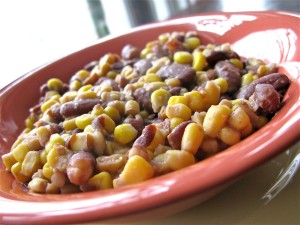
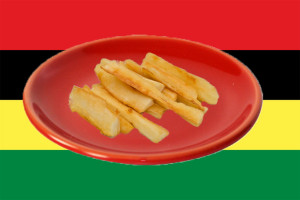
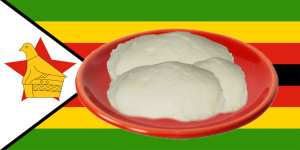 both meat stews or just vegetables. The Shona people of Zimbabwe traditionaly do not eat meat daily and therefore the accompanying of Sadza with a meat stew is considered a real treat. Tradtional families might just serve sadza with one of the local vegetables. If you happen to visit a zimbabwean family and you will get served a delicious meal including meat you should consider yourself luckely since this is a sign of respect and importance of the guest. Because of the wide use of Sadza in most zimbabwean dishes, the word is even used to describe the meal itself and in combination with other Shona words it can mean either Lunch or dinner. The best way to enjoy Sadza is visiting a traditional zimbabwean family. However it’s also nice to try to cook this African dish yourself. Traditionally, sadza is cooked in a clay or cast iron pot on an open fire, but its also easy to make in your own house on a normal stove. Follow the easy instructions in this recipe carefully to make this delicious zimbabwean staple food and check out
both meat stews or just vegetables. The Shona people of Zimbabwe traditionaly do not eat meat daily and therefore the accompanying of Sadza with a meat stew is considered a real treat. Tradtional families might just serve sadza with one of the local vegetables. If you happen to visit a zimbabwean family and you will get served a delicious meal including meat you should consider yourself luckely since this is a sign of respect and importance of the guest. Because of the wide use of Sadza in most zimbabwean dishes, the word is even used to describe the meal itself and in combination with other Shona words it can mean either Lunch or dinner. The best way to enjoy Sadza is visiting a traditional zimbabwean family. However it’s also nice to try to cook this African dish yourself. Traditionally, sadza is cooked in a clay or cast iron pot on an open fire, but its also easy to make in your own house on a normal stove. Follow the easy instructions in this recipe carefully to make this delicious zimbabwean staple food and check out 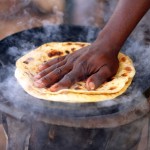 Chapati is an original indian stapple food which is also really popular in east-africa (Kenya, Tanzania etc.) and is part of many african dishes. Many kenyan or other african stews can be eaten with this delicious flatbread.
Chapati is an original indian stapple food which is also really popular in east-africa (Kenya, Tanzania etc.) and is part of many african dishes. Many kenyan or other african stews can be eaten with this delicious flatbread.